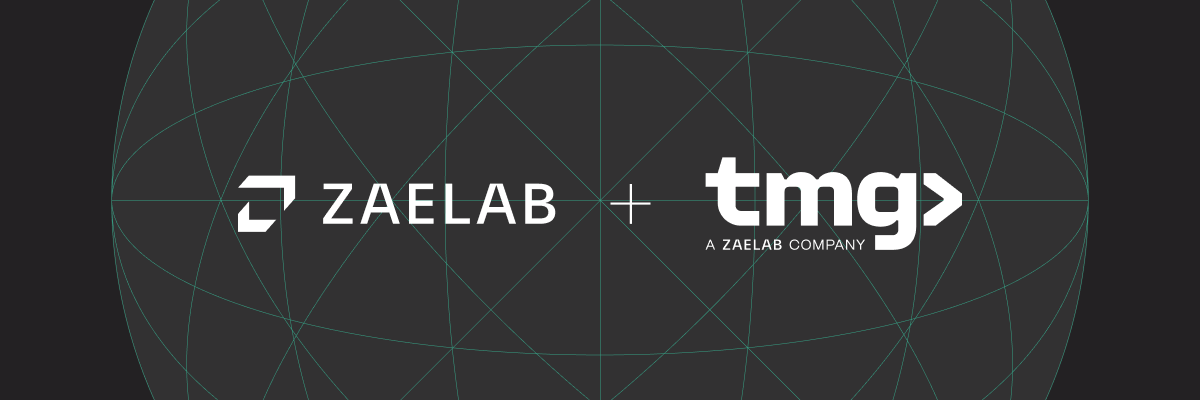Your CIO has been hounding you to move to agile, and you hear your colleagues in the tech world have been using agile for years now. But can agile work for large multinationals with complex global businesses, legacy off-the-shelf systems, and operations whose modernization looks more like the ‘90s than it does like the future? Besides, you have enough difficulty getting your IT department to deliver predictably, and an agile approach looks like moving toward a more mysterious, opaque operating model where delivery dates are traded for agility. How can you possibly run an essential piece of your operations this way?
The agile transformation journey is a comprehensive process by which organizations shift their culture, structure, and operations toward agility.
You feel comforted knowing you can hold IT to deliver to business specifications within committed dates and budget. But you worry that once the project is complete, IT will move on to the next project and never look back to see how impactful it was. Adopting an agile mindset fosters flexibility and effective communication within large enterprises. No one will measure adoption, effectiveness, or impact, leaving your business and your customers feeling like little was accomplished.
Agile Transformation Strategy: Aligning Business with IT Delivery
What if an agile transformation strategy could be the mechanism that aligned your business with IT’s delivery?
What if you could partner with IT to deliver world-class, complete life cycle digital experiences, from your GTM strategy to customer support? What if business and IT were mutually accountable for the business outcomes and achieving the KPI of digital investments? Transitioning to an agile organization can align business and IT delivery, ensuring that both work towards common goals.
An agile transformation roadmap is a structured guide that outlines essential steps, goals, and strategies for improved organizational agility and customer satisfaction.
Scaled Agile Framework (SAFe): A Core Value in Agile Transformation
With the Scaled Agile Framework (SAFe), a core value is alignment across teams, strategy and execution, business and IT, and between customers and companies. Engaging the entire organization during the Agile transformation process ensures that all levels of the industry, from development teams to customer support, adopt a customer-centric focus and iterative methodologies. Agile allows your business to engage with IT and your customers more effectively and meaningfully, focusing on driving the desired outcomes.
Successful Agile Transformation: Process Improvements and Organizational Flexibility
Agile processes are essential for achieving process improvements and fostering organizational flexibility. Adopting agile practices creates value and improves collaboration among cross-functional teams.
Transitioning to agile methodology isn’t like building a house, where you can’t move in until the entire structure is built. Instead, it’s more like embarking on an epic road trip, steadily moving towards better ways of working while continuously improving your delivery and the impact of each project. To start on your agile journey, here are some no-regret moves:
Set the Customer at the Center
Companies exist because of their customers. Surprisingly, bringing customers center stage is a radical change for many companies. While customers are the subject matter experts in our digital products and experiences, putting what we offer to the test in real-world situations, many companies are uncomfortable bringing customers inside the process of discovery and development. We worry that our customers expect perfection. While getting customers in early may feel incredibly vulnerable, customers want to share their thoughts about your products and digital experiences. They have great ideas and insights on how your company can better serve them. Customer experience research, surveys, design sprints, and customer development relationships are valuable tools to draw those insights and ensure that your digital experiences connect you with your customers and deliver real value with your investments.
Lead with Product Management
A good digital product manager has all the qualities of an entrepreneur: understanding of the customer, the market, the potential, the pain points, the alternatives, and the vision. Armed with in-depth knowledge of the customer, a product manager paints a vision that aligns business strategy with customer needs. The vision informs the roadmap of where the product needs to go, what work is required, and what integration is needed to other systems or areas of the business. Project management plays a significant role in facilitating continuous improvement and feedback integration throughout project phases. Working closely with design, product managers validate their ideas with user testing and data analytics throughout the product lifecycle. As a critical part of your business, rather than IT, a product manager continuously drives the priorities for IT development, monitoring the product’s success through operational metrics, customer satisfaction, and business KPIs.
Engage Early and Often
As a business owner in the agile world, you can no longer do a one-time handover of requirements and sit by idly while IT gets to work. Your input is critical at the onset and throughout the process. Agile lets you align IT with your business objectives through regular planning intervals, like in Scaled Agile’s Program Increment Planning (typically quarterly). A dedicated leadership team, comprising senior stakeholders and other influential contributors, is crucial for driving Agile transformations within organizations. Delegated business owners throughout your organization will attend lower-level agile events, like team demos, to see regular progress with working software, not mere status reporting. The short cycle of “sprints” or iterations ensures that your feedback is incorporated regularly for quick course corrections. A system-level demo, again quarterly, enables you to see the whole picture across teams of those more significant features that are being delivered to your customers and your business.
Measure, Learn, and Improve
Agile enables continuous software delivery so that your customers will see regular updates in their experience. You, in turn, can measure and view how customers interact with those changes and, more importantly, how those changes impact your business. Measuring software delivery, efficiency, and quality tells you how well your IT team executes, but operational metrics tell you how digital experiences impact your business. Analytics tools like Google Analytics or Adobe Analytics enable you, as the business owner, to see what products are selling, which digital channels are most used, how well promotions are working, and what products customers want most, to name a few. You can see where customers engage more and leave you for something better. Analytics enable the business and product manager to take a data-driven approach to prioritizing new opportunities, A/B testing ideas, and measuring the ROI of developed features.
Agile Teams: Navigating the Journey with TMG
While agile transformations may feel like a daunting journey and a herculean change management challenge, they are comprehensive processes that engage all business areas and require significant cultural shifts. Companies like TMG can help you successfully navigate and implement these changes, ensuring critical leadership support and alignment. We will focus on your customer-centricity and product management team to effectively move your strategy in a way that resonates with current and future customers. We have an experienced team of agile practitioners and consultants that can help your company start your journey on the right foot, or if you are on that journey already, help you find ways to accelerate your agile transformation.



